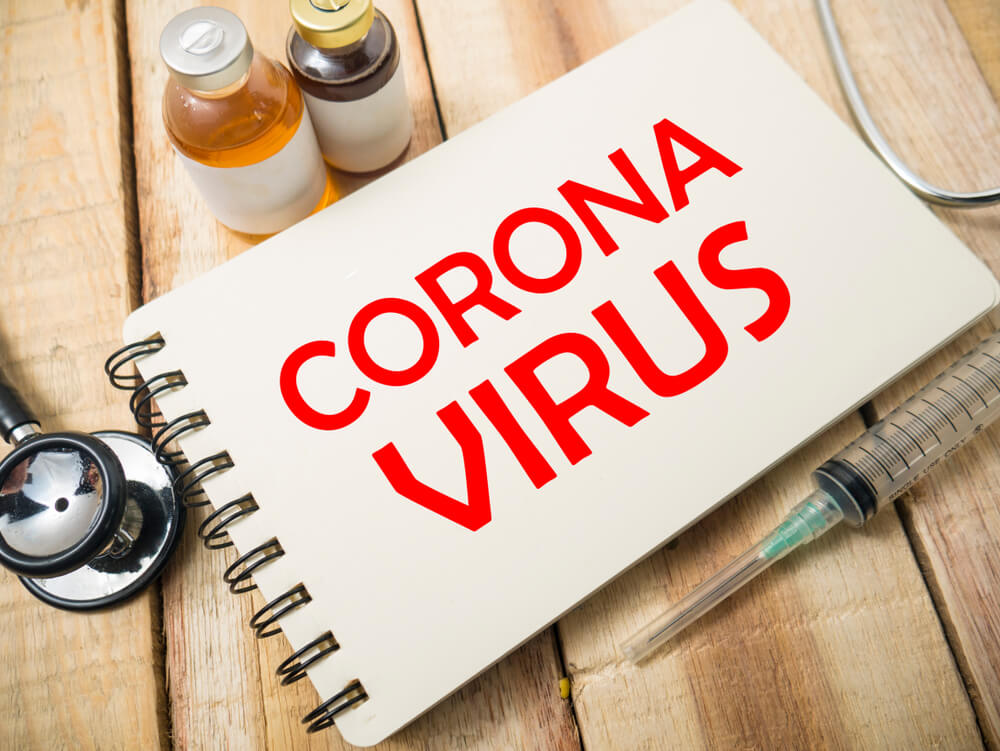Social distance: coronavirus particles may spread further than anticipated
The coronavirus outbreak has triggered social distance measures worldwide. Researchers believe that the measures taken, may not be enough. Writes about it USA Today.

Photo: Shutterstock
Lydia Buruyba, An associate professor at the University of Massachusetts Technology, for many years, studied exhalation dynamics (such as coughing and sneezing) at the Laboratory for Fluid Transmission of Diseases and found that exhalation causes gaseous clouds that can spread up to 27 feet (8,2 m).
Her research may have implications for the global COVID-19 pandemic, although the distances required by the US Centers for Disease Control and Prevention (CDC) and the World Health Organization (WHO) are six feet (1,8 m).
“There is an urgent need to review the guidelines currently given by the WHO and CDC, especially for health care workers,” Bourouiba said.
Buruiba's study calls for better protection for health workers, and possibly a greater distance for infected people who cough or sneeze. She said the current recommendations are based on “big drops” as a way to transmit the virus and the idea that these big drops can only go a certain distance.
In an article published in the journal of the American Medical Association, Buruiba said peak expiratory flow rates can reach 33-100 feet per second (10-30 m / s), and "N95 surgical masks and masks currently in use are not tested for such characteristics. respiratory emissions.
According to Buruyba, the idea that the drops “hit the virtual wall and stop” is not based on the evidence found in her study, nor on the “evidence we know about the transmission of COVID.”
Buruiba claims that a “gaseous cloud," which can carry drops of any size, is emitted when a person coughs, sneezes, or otherwise exhales. The cloud is only partially mitigated by sneezing or coughing at the elbow, she added.
How far can coronavirus microbes penetrate before they are no longer a threat?
Dr. Paul Pottinger, a professor of infectious diseases at the University of Washington School of Medicine, said questions remain about the distances at which the virus is effective.
On the subject: The coronavirus vaccine will be ready in the fall: who will receive it
“For me, the question is not how far microbes can travel, but how far they can travel before they are no longer a threat. The smaller the microbial particles, the lower the risk that they will infect someone, Pottinger said. “We think the biggest threat from coronavirus is large droplets. Drops of saliva, snot, spitting. These droplets are large enough that they are still affected by gravity. Typically, within six feet (1,8 m) of someone's body, larger and more infectious droplets fall to the ground. That’s where the six-foot rule comes from.”
WHO referred to a recent scientific paper on transmission methods that recommended “precautions for contact with drops and contacts for people caring for patients with COVID-19.”
“WHO is closely monitoring emerging evidence on this critical topic and will update this scientific summary as more information becomes available,” the WHO statement said. “WHO welcomes modeling studies that are useful for planning purposes. WHO teams are working with several model groups to inform our work."
According to Pottinger, if the coronavirus was active at a distance of up to 27 feet (8,2 m), according to Buruyba in his study, then more people would get sick.
“It takes a certain number of viral particles, we call them virions, to actually take hold in the body and cause an infection to develop,” he said.
Buruiba said she wants to see recommendations made on the basis of modern science, and not "because we do not have enough personal protective equipment." It is well known that personal protective equipment is scarce throughout the country, and health workers are desperate to find effective ways to deal with the shortage.
“While many questions remain about how much virus is present at a given distance, we currently do not have a clear answer,” she said. “Therefore, the precautionary principle should prompt the authorities to say that we must have high quality respirators used for healthcare workers. Once this has been decided, the colossal high level of production that can be achieved in such a great country as the United States can be mobilized most effectively.”
Read also on ForumDaily:
Advice from the government: how to get federal aid for coronavirus faster
Trump has extended the quarantine recommendations for US residents: what you need to know
The coronavirus vaccine will be ready in the fall: who will receive it
Subscribe to ForumDaily on Google NewsDo you want more important and interesting news about life in the USA and immigration to America? — support us donate! Also subscribe to our page Facebook. Select the “Priority in display” option and read us first. Also, don't forget to subscribe to our РєР ° РЅР ° Р »РІ Telegram and Instagram- there is a lot of interesting things there. And join thousands of readers ForumDaily New York — there you will find a lot of interesting and positive information about life in the metropolis.











